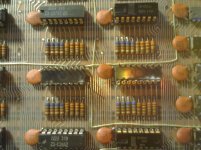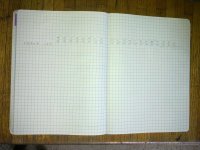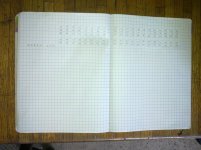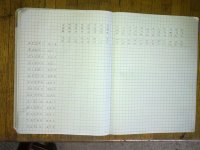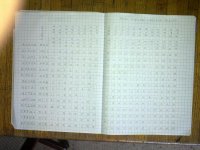m_thompson
Veteran Member
Marty,
The computers that I work on have to run at 131F for a minimum of 96 hours at full load with no faults. One of the systems needs 2kW just for the fans.
We chased microcode problems like this for weeks on the PDP-9. The microcode board was both temperature and vibration sensitive. We finally connected a logic analyzer to the microcode signals so we could see the address and the ROM (MC09 ROP memory on a PDP-9) outputs. We found some bad microcode bits that changed the next microcode address and made the machine do some really unusual things.
The computers that I work on have to run at 131F for a minimum of 96 hours at full load with no faults. One of the systems needs 2kW just for the fans.
We chased microcode problems like this for weeks on the PDP-9. The microcode board was both temperature and vibration sensitive. We finally connected a logic analyzer to the microcode signals so we could see the address and the ROM (MC09 ROP memory on a PDP-9) outputs. We found some bad microcode bits that changed the next microcode address and made the machine do some really unusual things.

